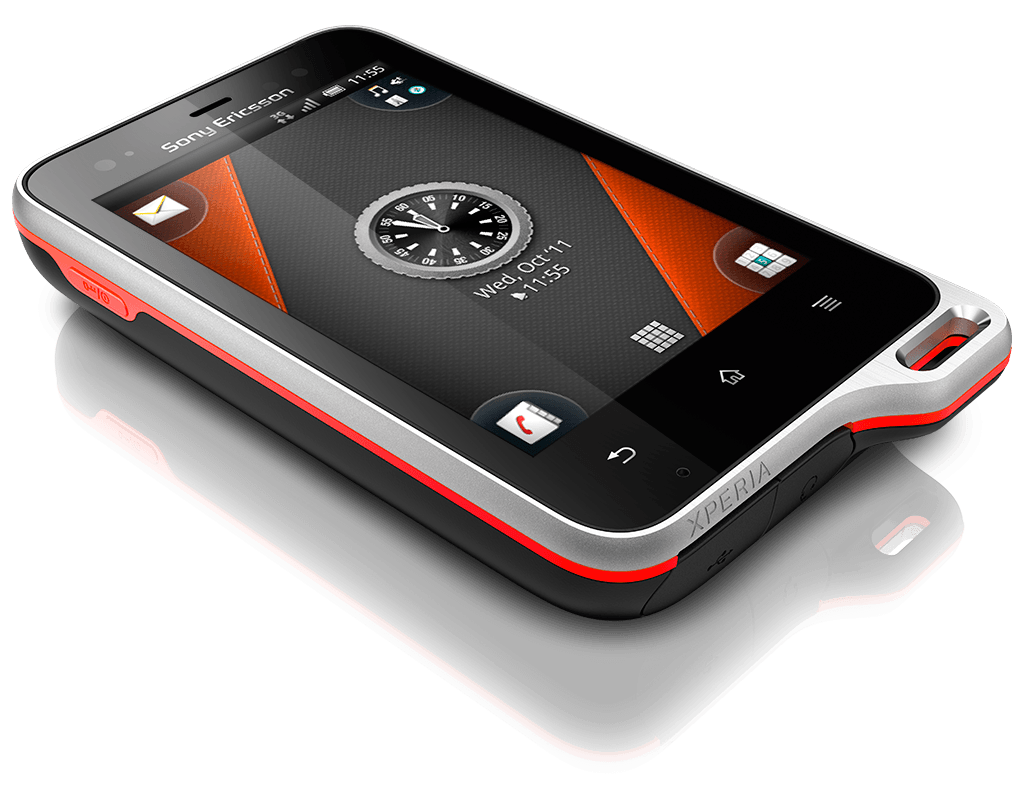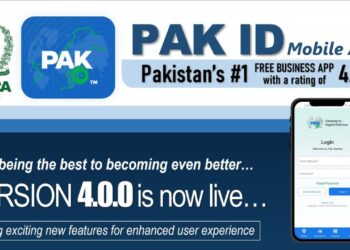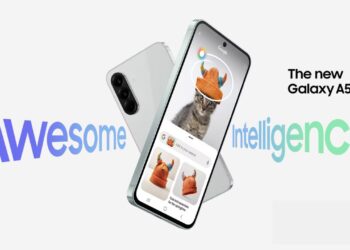Smartphone displays, like notebooks and tablets, are all based on LCD (Liquid Crystal Display) technologies. LCD has a fast refresh rate, which makes it great for mobile technologies that require bright displays with low power consumption.
TFT LCD:
TFT stands for Thin Film Transistor technology. TFT LCDs are the most common type of display units used across mobile phones. TFT LCD offer better image quality and higher resolutions compared to earlier generation LCD displays but their limitation lies in narrow viewing angles and poor visibility in direct light or sunlight.
Large TFT displays consume more power and hence are not battery friendly. But since these are cheaper to manufacture these are found on budget phones, feature phones and lower end smartphones.
Examples of current smartphones with TFT touchscreens include:
Sony Xperia tipo , BlackBerry Curve 9220 , Micromax A110 Superfone Canvas , Nokia Lumia 620 etc.
IPS-LCD:
IPS stands for In-Place Switching. IPS LCDs are superior to normal TFT LCD displays with wider viewing angles and lower power consumption which leads to a much improved battery life. IPS-LCDs are costlier than normal TFT LCD and hence are found only on higher end smartphones.Able to create a more viewing angles than other displays, able to zoom in with more clarity.
Resistive Touchscreen LCD:
Touchscreen LCD displays are of two types – Resistive and Capacitive. Resistive touchscreens contain two layer of conductive material with a very small gap between them which acts as a resistance. When the resistive touchscreen is touched with finger (or stylus) the two layers meet at the point of touch thus making a circuit at the point of touch. This information is recognized by the mobile’s processor / chip and passed on to the mobile’s OS there by triggering and event / action at the point of touch.
Resistive Touchscreens are not as responsive as capacitive touchscreens and often require a stylus to identify point of touch accurately. These are used only in lower end smartphones and feature touch phones.
Examples of current smartphones with resistive touchscreens include:
LG Optimus , LG GW620 , Sony Ericsson Vivaz , Nokia N97 mini , Nokia N900. etc.
Capacitive Touchsceen LCD:
Capacitive touchscreen technology consists of a layer of glass coated with a transparent conductor (like indium tin oxide). When a capacitive touchscreen is touched by human body (finger), an interruption is created in the screens electrostatic field (which is measurable as a change in capacitance) which is detected by phone’s processor or chip and which in turn instructs phone’s operating system to trigger and event or action accordingly.
Capacitive touchsceens are much better and responsive to human touch when compared to resistive touchsceens and hence the user experience for touch is much better with capacitive touchscreens. Capacitive Touchsceens are used in most of the higher end smartphones.
Examples of current smartphones with capacitive touch screens include:
Apple iPhone 3GS and Apple iPhone 4 , HTC Desire , Samsung Galaxy S , Samsung Wave. etc.
OLED:
OLED stands for Organic Light Emitting Diode and is a newer technology for displays of mobiles and monitors. In OLED technology a layer of organic material (carbon based) is sandwiched between two conducting sheets (an anode and a cathode), which in turn are sandwiched between a glass top plate (seal) and a glass bottom plate (substrate). When electric pulse is applied the two conducting sheets, electro-luminescent light is produced directly from the organic material sandwiched between. Brightness and color can vary depending on the electric pulse.
OLEDs are much better compared to LCDs because of their exceptional color reproduction, blazing fast response times, wider viewing angles, higher brightness and extremely light weight designs.
Samsung showcases flexible OLED smartphone prototype:
CONTINUED ON PAGE 2 :
















